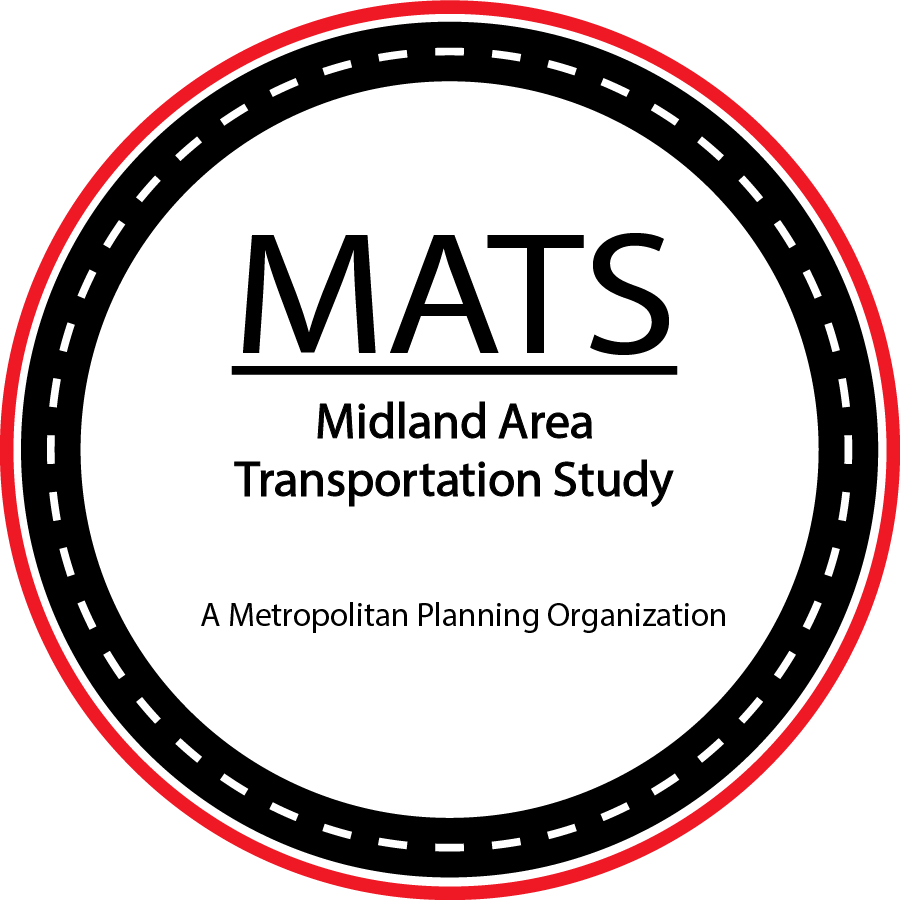Annual Average Daily Traffic (AADT) is a key measure of how many vehicles travel on a roadway, on average, each day over the course of a year. More than just a statistic, AADT provides the foundation for transportation planning, road maintenance decisions, safety assessments, and environmental impact analysis.
Explore AADT Data
To improve accessibility and public understanding, the AADT data is now available through an interactive map. Users can zoom in and click on the count locations to view historic traffic counts, helping visualize how traffic volumes change over time and across the region. Clicking on the information icon in the upper left view of the map will open a legend for the AADT data.
-
AADT stands for Annual Average Daily Traffic. It represents the average number of vehicles that pass a specific point on a roadway each day over the course of a year, accounting for seasonal variations, weekends, and holidays.
-
Planning and Design: Transportation planners and engineers use AADT to design roads, intersections, and traffic control measures that match the expected traffic volume.
Funding and Prioritization: AADT helps prioritize which roads need improvements or maintenance based on how heavily they are used.
Safety Analysis: Higher traffic volumes can correlate with greater risk of crashes. AADT supports the identification of high-risk areas.
Environmental Impact: Knowing how many vehicles travel a road can help estimate emissions, noise levels, and other environmental impacts.
Economic Development: AADT can influence where businesses choose to locate, as it reflects potential customer exposure and accessibility.
Policy and Regulation: It supports decisions about speed limits, signage, and land use planning.
-
AADT is typically calculated by taking the total number of vehicles counted on a roadway over a full year and dividing by 365 days. On some roads, permanent traffic counters provide continuous data year-round. On others, short-term counts (usually 2–14 days) are conducted and then adjusted using seasonal and day-of-week factors based on data from similar roads with continuous counters.
AADT=Total Yearly Traffic/365 or Short-Term Daily Average × Adjustment Factor
-
Overall, vehicle traffic in the MATS area is operating efficiently with generally low travel delays, and indicates that the roadway network is able to handle the current volumes. In other words, there is very little congestion in the MATS area, and when there is, it only happens during the busiest times of the day and in limited locations. This is usually during the 7-9 AM period, or during the 4-6 PM period in the afternoon. In addition to the traffic volumes present, the perception of “congestion” may be a function of the number and proximity of traffic control devices i.e. traffic lights and stop signs. It is noteworthy that the area near Eastman Road and Wackerly Street has received lane and traffic control upgrades recently, resulting in a significantly decreased perception of congestion and a visibly improved traffic flow.
By knowing how much traffic a road carries, agencies can make smarter, data-driven decisions that improve how people and goods move through the region.

